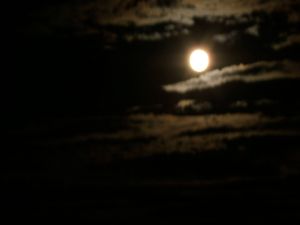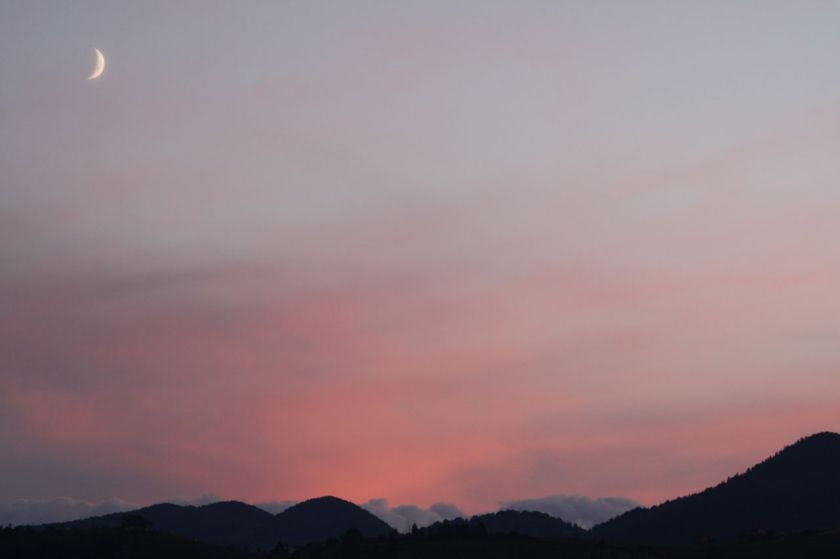
It’s on the doorstep, howling to be let in. Forget about Hallowe’en tomorrow – it’s NaNoWriMoe’en…
Are you ready? Got your ideas lined up, got names for your characters and your setting? How about sub-plots and your supporting cast? Are your main characters rounded and complex, or do they feel like rice paper?
If you’re keyed up, your imagination might be locked up…
Some people are admitting to an excitement bordering on panic, which doesn’t help the flow of creativity we will all need in the next four weeks.
Here, on various pages, you’ll find help in conjuring up great names, settings, real life stories to plunder, images to inspire you, character quirks for your key people… All you might need is a tiny nudge to unlock a whole world.
Raid as much as you like, and feel free to share with your writing buddies. Open to all, no catches, no sign-ups – November is mutual help for authors month.
[That’s not permission to filch, though – if you share it, do please share the credit, too!]
I’m going to be with you through the caffeine-fuelled, RSI-inducing month – my NaNoWriMo name is Abbs Pepper, so if you’d like another writing buddy, say hello.
Good luck! Happy scribbling! All power to your fingers…
Related articles
- I am ready for NaNoWriMo (cindydejager.wordpress.com)
- Gearing Up for NaNoWriMo (rachelleharp.com)
- It’s NaNoWriMo time again – who’s in or chickening out, bwark? (zebedeerox.com)
- The NaNoWriMo Bucket (orestn.wordpress.com)
- From plot to published: NaNoWriMo is near (thestudentreview.co.uk)
- NaNoWriMo Prep: Step Away (12novels.com)
- Coming to the Interwebs Near You – NaNoWriMo 2012! (alexandracorinth.com)
- What The Heck Is NaNoWriMo 2012? (biffbampop.com)
- What is NaNoWriMo and why on earth are you doing it?! (gettingtotheend.wordpress.com)


